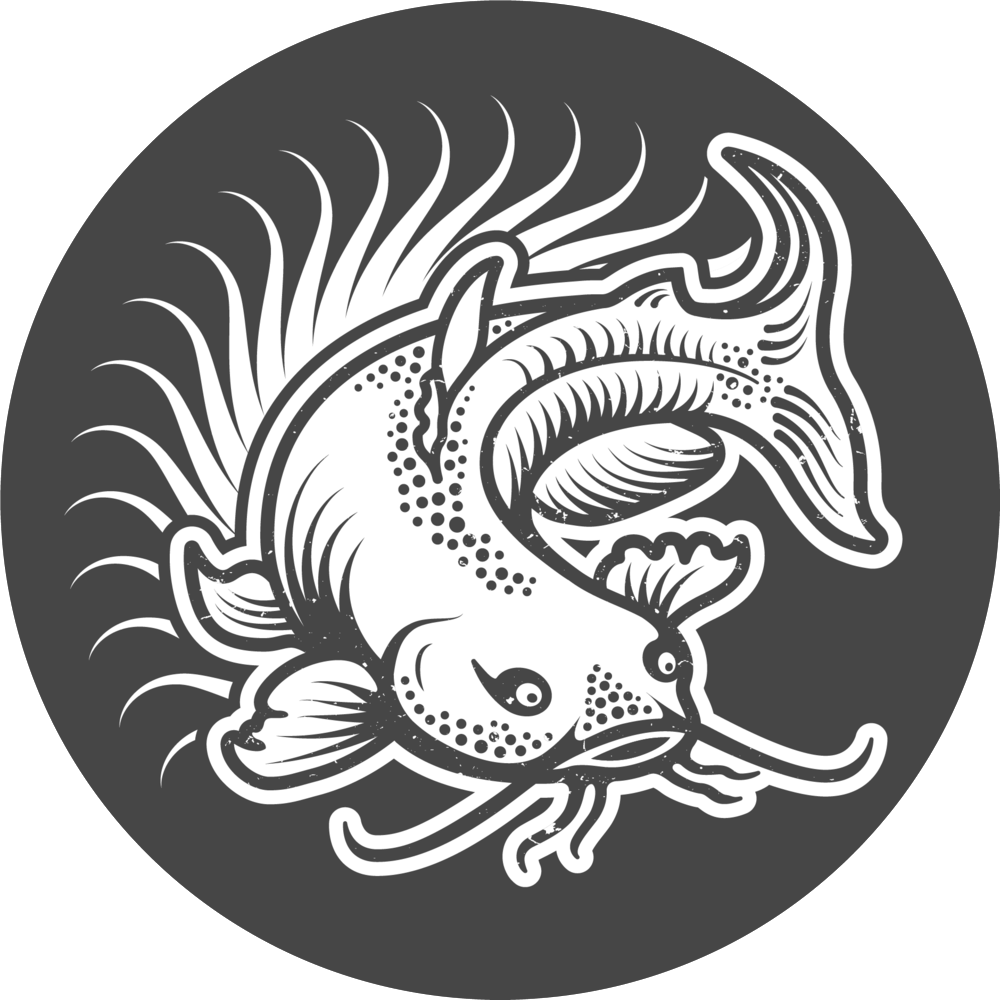Callum Beaney
Published in November, Callum Beaney’s 爱愛 (ÀIAI) published by Catfish Books is the emerging photographers first publication, we took the chance to sit down with Callum and discuss his practice and how it lead to 爱愛 (ÀIAI)….
For those out there who are unfamiliar with your practice how would you give them a sense of it ?
“When I started photography I was a stickler; field camera with lots of perspective correction etc. All very head-on and well-composed forest scenery, but quite distant. Over the last couple of years I've become focused on how the ways we interact with spaces is a kind of push-pull relationship. For me that also involves the camera, a perfect means of cutting spaces up and giving them order and disorder through pictures. I try to take that last idea a little more literally.”
Extract from Callum Beaney’ continued practice in Guangzhou
“This work is much more oriented towards how I found my background experiences overlapping with this new place”
How does this manifest in your recent book, on some level it seems a very different way of working for you ?
“This work is much more oriented towards how I found my background experiences overlapping with this new place I was visiting: my partner is Chinese, I'm British, and we speak in Japanese. We're visiting an ex-colony of both of the latter countries, and her homeland. So a big question for me was really one about representation: finding somewhere something as private as a relationship begins to intersect with something as complex as those languages and histories, and how I bring my experiences to that. I found that it’s a lot more relative than concrete.”
|Much of the book is imagery of representations. Maps, old paintings, advertisements etc. All three countries have their own interlinked histories. I saw quite a few old Japanese paintings around Hong Kong, for example. The ways these different historical and linguistic relationships play out was what I am playing with when I shoot and edit.”
There is a level of intimacy which is very apparent in this work but also something quite vulnerable in your navigation of the space, how did you negotiate this ?
“Using photographs to describe or explain in the traditional photographic senses didn't make much sense to me; to me, it’s inherently alienating. Instead I found myself drawn to little things my background experience made me notice, and I found myself getting up close to them, allowing them to play off one another. Much of what I was photographing was influenced by what I was thinking about: the histories of these places, our relationship, and their representation. Love and its expression are vulnerable, often repressed; we lean towards symbolism, or pop-song lyrics etc., rather than say things so directly. And this is a little more diaristic -- to be honest, I’m not very used to including so much of my own life in the work I make.”
“As a general rule I do not photograph people, and don’t care to display our relationship - or her - like some Araki wannabe.”
Characters of language but also human characters are revealed in this work, how have you come to understand the significance of these points in the book. ?
“One of the characters I saw on an advertisement and included in the book, 要, usually means something like "want" in Mandarin, but in Japanese it's usually used more as "need". And one of its constitutive parts is the character 女 "woman". If you can't read it, you probably have to think in terms of shape and form, or something more abstract like language itself, right? How dependent on you and your knowledges your interpretations are is really important.”
“As a general rule I do not photograph people, and don’t care to display our relationship - or her - like some Araki wannabe. Obscurity - the experience of seeing only in part - those moments of waiting, or distance - is to me a desire-thing.”
What was the draw for you to produce work in this region ? I know you have studied languages for some time now, did this open you to different ways of seeing
Extract from 爱愛 (ÀIAI) - Callum Beaney
“I had just ended work at the archive I was working in. We couldn't afford to travel to Japan, but also wanted to see Hong Kong. I knew I would be out shooting every night but hadn't planned anything, except that I wouldn't use a flash. Because of how I selected subjects and sequenced the work I definitely couldn't have made it without knowing/about those languages, but I'm also interested in this area of China and its histories. I’ve spent time studying some of Japan’s history, but that really necessitates learning about SE Asia too.”
Where do you plan to go from here?
Aiai is a relatively short selection of images, part of a much bigger collection of work that includes other sub-projects. I’d like to exhibit an expanded version of Aiai including work I’ve made in Guangzhou, but likewise have a lot of other work made in China to go through, such as a collection of reshot advertisements.



